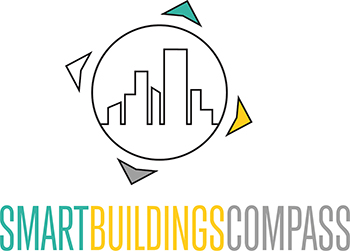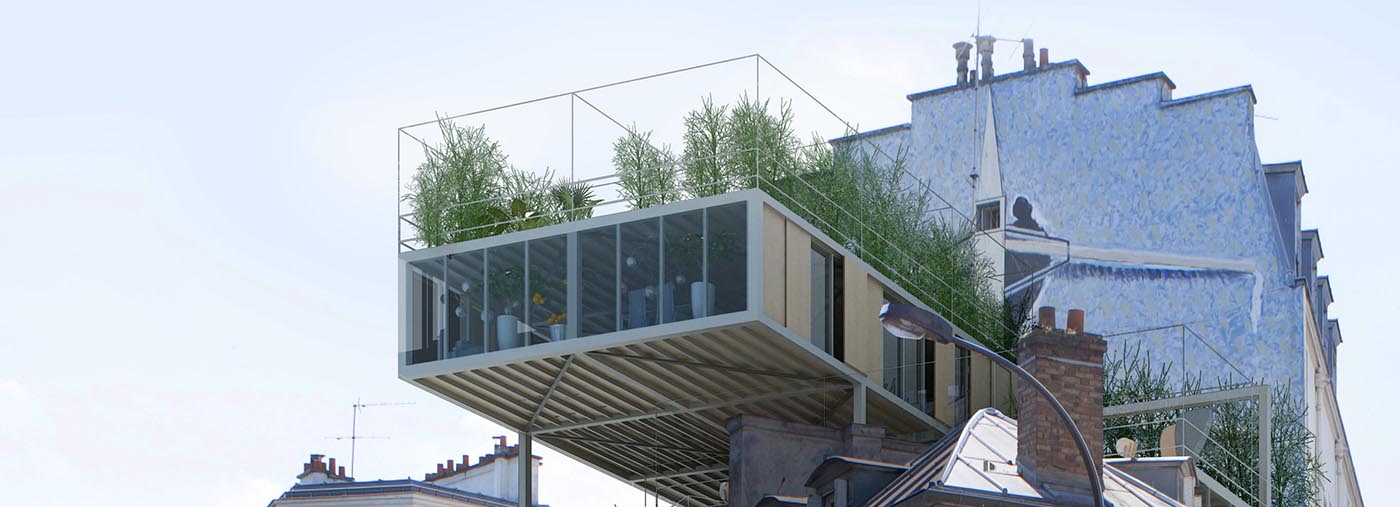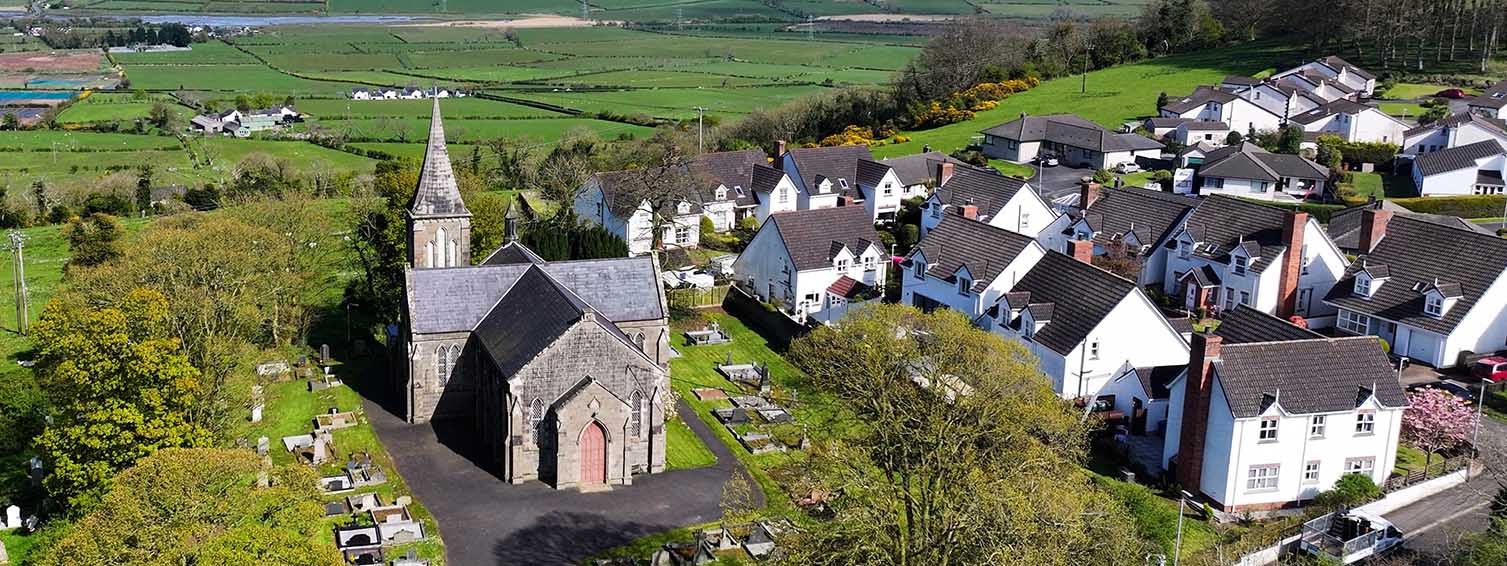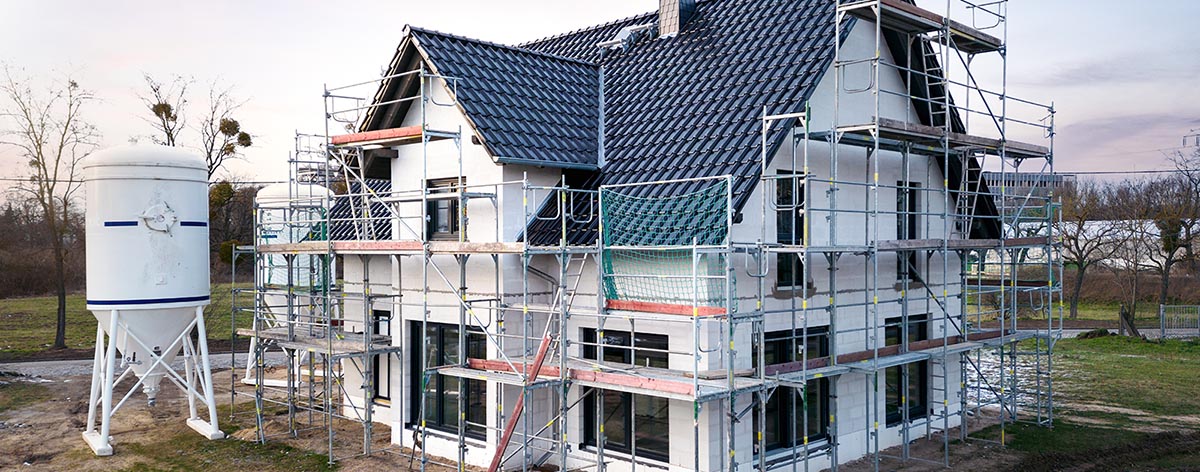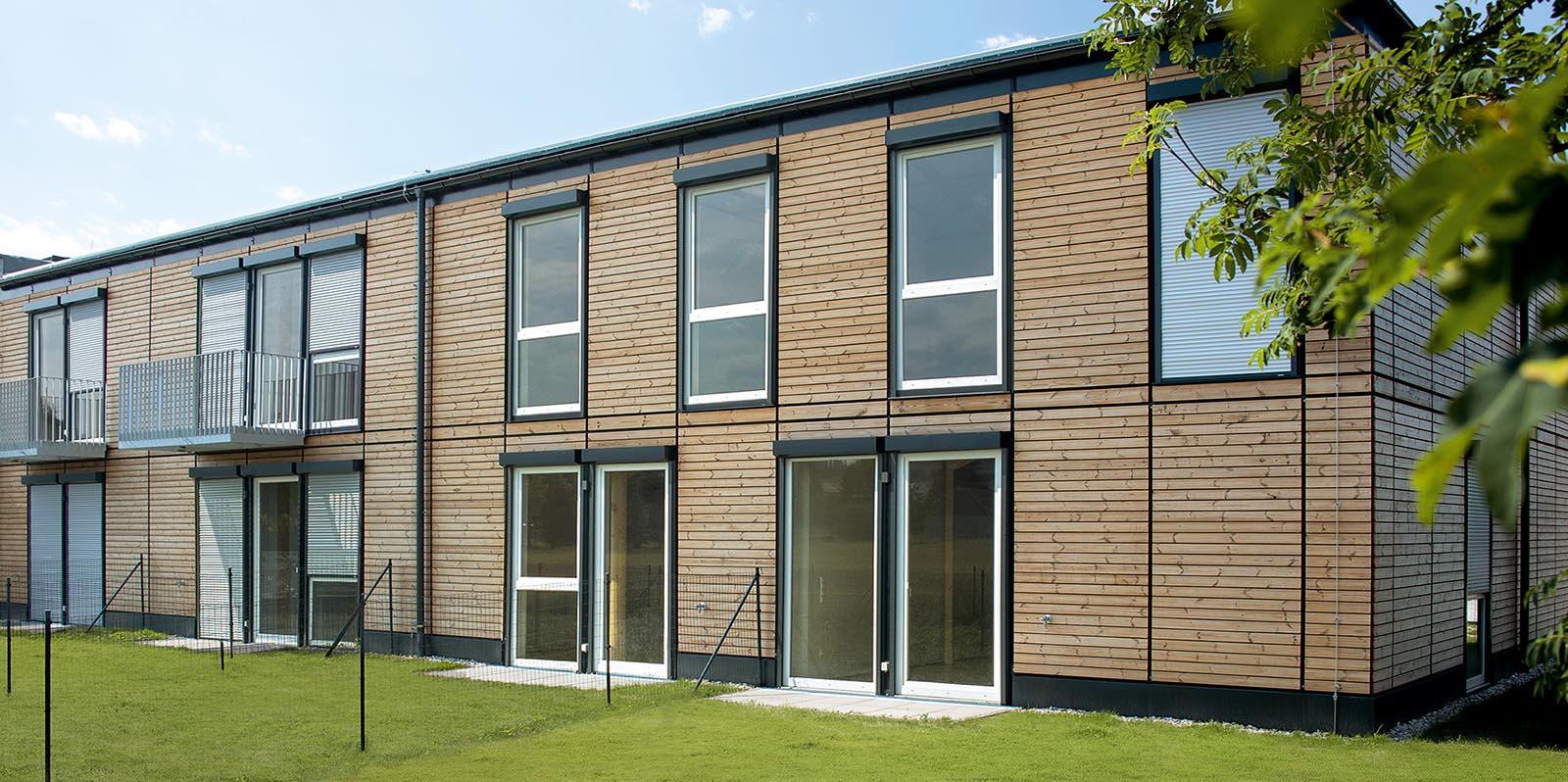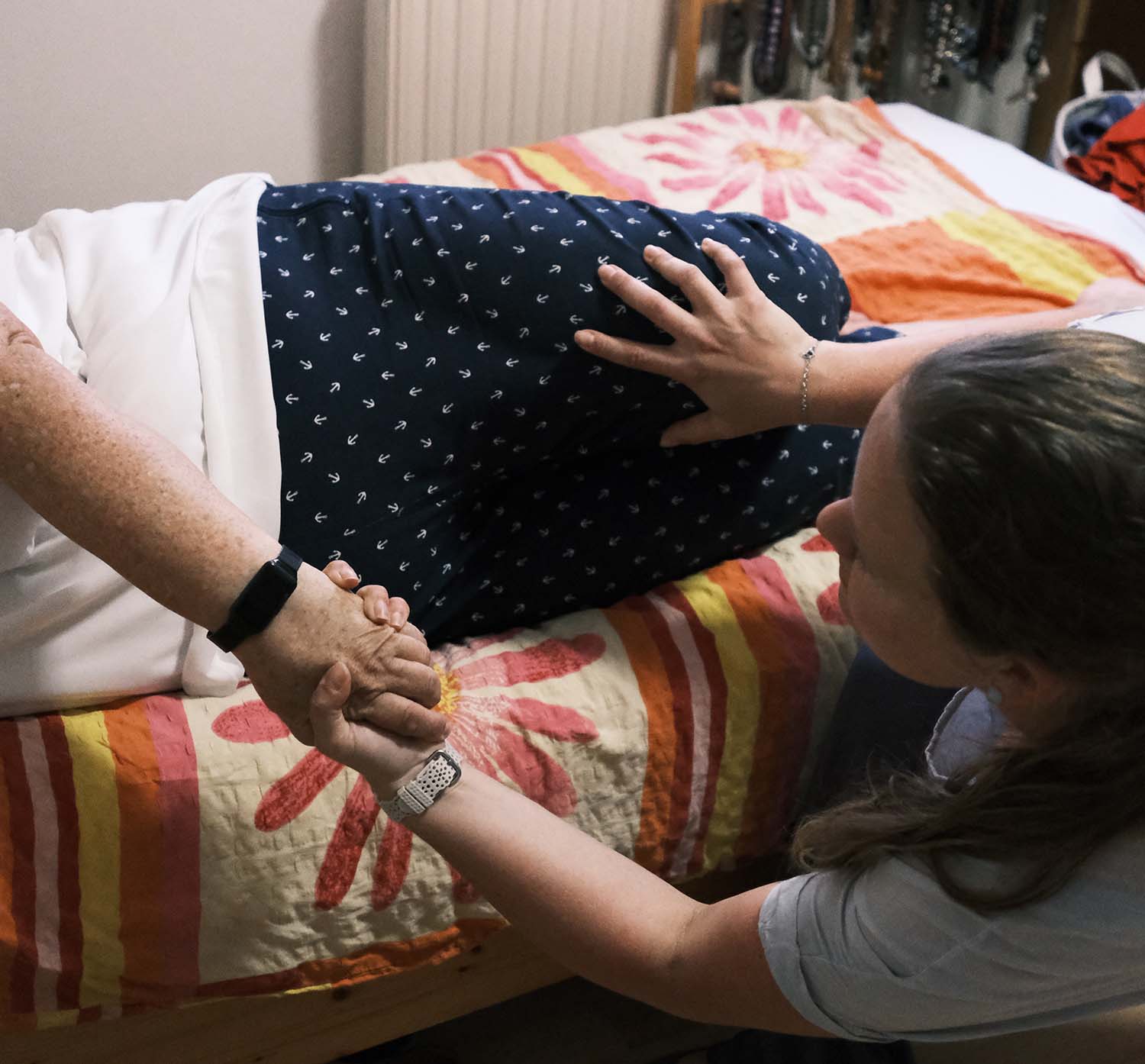Soil or building land is an indispensable resource – but one that is becoming increasingly scarce. Land scarcity is a growing problem in many regions of the world, especially in densely populated areas. People are increasingly moving to cities due to a lack of prospects in the countryside. There are now 33 megacities worldwide, in which more than 10 million people live – most of them in Asia.
The increasing demand for housing and the limited availability of building land lead to considerable challenges in urban development and housing planning in these regions. We have looked at approaches to create living space without additional building land: Adding storeys to existing buildings, densification and repurposing empty buildings.
Why we are addressing this issue:
- The issue of land scarcity is one of several reasons why the cost of living is rising: Inflation and price increases are not leaving us unscathed, and the scarcity of building land/land as a resource is making housing even more expensive.
- Furthermore, the high land consumption also has ecological consequences: As a result of progressive sealing, nature and the habitats of many animals are being reduced further and further.
- In view of the increasingly frequent extreme weather conditions, soil sealing in regions must also be planned smartly. Sealed surfaces are not able to absorb water in the event of flooding/heavy rainfall.
- New living space can be created quickly and effectively by adding storeys to existing buildings, densification and redesignation. This could at least partially reduce the high pressure on the rental housing market.
Soil: a scarce resource
Many cities and regions are growing – and with them the demand for living space. At the same time, new construction is declining massively due to higher interest rates on loans and generally high construction costs. This is also putting pressure on the rental housing market due to high demand. At the same time, the availability of building land is severely limited in many cities and municipalities. This is also leading to rising land prices and making residential construction and therefore housing – along with all other factors – increasingly expensive.
The promotion of biodiversity and the preservation of natural habitats are also important aspects of sustainable urban development: the loss of near-natural areas has serious ecological consequences. For example, land consumption for settlements and transportation has increased in recent decades, leading to a significant reduction in CO₂ binding capacity and the destruction of habitats for flora and fauna. Near-natural soils, which are rich in microorganisms and soil animals, play a crucial role in binding CO₂. Their conversion into sealed surfaces leads to a significant loss of this capacity and contributes to an increase in CO₂ emissions. Soil sealing also needs to be well planned in view of the increasingly frequent intensive weather events in regions: sealed soil does not absorb water. Protecting existing green spaces in cities and regions is ultimately also essential for another reason: preserving them also contributes to improving our quality of life.
We still need to work on this in Europe: The average figures for land consumption in Germany, for example, show that large amounts of land are used for settlements and transportation every day. In the 1990s, daily land consumption was around 120 hectares. This figure should be reduced to 30 hectares by 2020 and to 20 hectares by 2030. This high consumption is partly due to the construction of new residential and commercial areas as well as traffic areas.
Housing without new building land: how is that possible?
1. redensification and addition of storeys
One of the most effective methods of creating new living space without taking up additional land is to densify existing structures. Instead of building new structures, additional residential units are created by adding storeys to existing buildings. This method utilizes unused potential in already built-up areas and avoids the sealing of new land. In Germany alone, up to 1.38 million residential units could be created by adding storeys to residential buildings from the 1950s to 1990s.
2. conversion of existing buildings
Many office and administration buildings are empty or only partially used: Covid and digitalization have completely changed our working environments. By converting these buildings, living space can be created without having to seal off new areas. In Germany, around 360,000 residential units could be created in this way.
In addition to the use of empty buildings, a further 572,000 residential units could be created by adding storeys to office and administrative buildings. However, such conversions often require extensive conversions and adjustments to the existing infrastructure in order to bring the new living space up to today’s standards.
The "3BOX" project in Paris is a good example of the use of unused roof space. Photo credits: Studio Malka/Paris.
In this project, the existing building was extended with residential modules. Photo credits: Studio Malka/Paris.
3. potential of unused roof areas
Roof area scans can be used to identify unused roof areas and utilize them for residential construction. This offers a good opportunity to create additional living space in already built-up areas. One example of this is the Verlagsviertel in Darmstadt, where new living space was created by indexing and using roof areas.
Another example is the “3BOX” project in Paris, in which existing buildings were extended by adding residential modules to the roofs. Such innovative approaches show how additional living space can be created through the creative use of existing structures. However, the use of roof space requires careful planning and structural analysis to ensure the safety and stability of the buildings.
4. use of parking garages and preservation of green spaces
Parking garages also offer potential for the creation of living space or social infrastructure. One example: Up to 20,000 residential units could be built on parking garages in German city centers. These areas are often centrally located and well connected, making them ideal locations for new housing.
However, the conversion of parking garages poses challenges, particularly in terms of redesigning the existing structure and adapting it for residential purposes. Nevertheless, this strategy offers a good opportunity to make optimal use of inner-city space while minimizing land sealing.
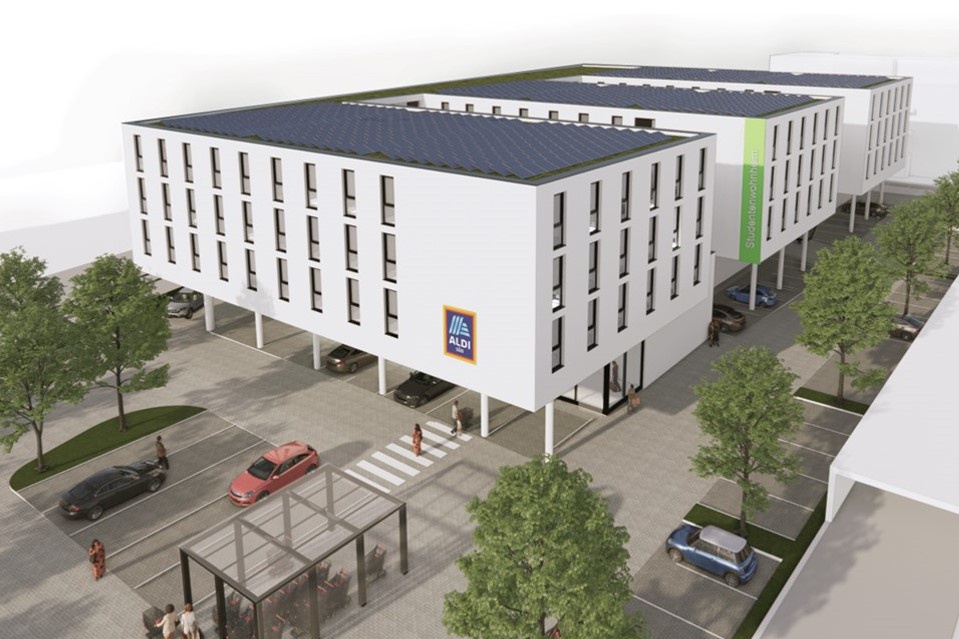
5. conversion of retail space
The conversion of areas currently used for single-storey retail, discount stores and markets offers further potential. By constructing residential buildings above these facilities, retail space can be retained and additional living space created at the same time. This strategy could create around 365,000 residential units in Germany.
One example of this is ALDI SOUTH: the company has been building apartments above its stores for almost ten years and will have built a total of 550 by the end of this year. Over 2,000 additional residential units will be created at ALDI SOUTH locations in the coming years through project developments that have already begun.
Such projects already exist in many cases and require close cooperation between the operators of the retail space and the developers. It must be ensured that commercial activities are not impaired and that high-quality living space is created at the same time. The integration of residential and retail space can also contribute to the revitalization of city districts and promote urban diversity.
Building without building land is possible
By densifying, adding storeys, converting and efficiently using roof areas and parking garages, new living space can be created without consuming additional land. The development and promotion of this new form of residential construction projects is important in order to meet the challenges of the 21st century: Sustainability, resource conservation and ecological responsibility are playing an increasingly important role and must be at the heart of all construction and urban development projects.
However, scarce and expensive building land fundamentally requires new solutions. For example, adding storeys, increasing density and repurposing empty buildings are quick and effective solutions for housing that is currently urgently needed: the cost of housing and living is rising and pressure on the rental housing market is increasing. And this will only ease if there are more apartments on the market.
Many thanks to Prof. Dr. Karsten Tichelmann from TU Darmstadt for his support with the research!
